There are various plants that grow in the Sahara Desert. Vegetation that grow in the Sahara must be able to adapt to unreliable precipitation and excessive heat. To survive they have made modification leaves into spines to prevent excessive loss of water from the plant body and deep roots to get to water source. Plants are more concentrated in oases and along river beds.
African Peyote Cactus thrives in the desert environment. Its thick stems retain water for long periods of time. Its spiny leaves help prevent water loss because of evaporation. Native Saharan tribes use peyote from this plant in their spiritual rituals. Every time it rains, the African peyote cactus collects water, storing it in their thick stem and until it rains again, that is all they survive on. It lives with very little sun and prefers soil with a PH of 6 or 7. The plant can be started from seeds or the shoots of an older plant.
Palm Trees mostly grow in areas where the water is closer to the surface. These types of trees are arranged in narrow lines and are oriented east to the west. The desert palm is found close to settlements where people dig wells to get water.
The Tobacco Tree (toxic) is native to South America, but has adapted to life in the desert. Flowers on this tree might be white, green, red, or yellow and they may open up at night. You may think the leaves of this tree are smokable, but that is incorrect. Poisoning leads to dizziness and altered vision. The Tobacco Tree can also lead to auditory hallucinations
Tamarisk (Shrub) grows up to 18 meters and thrives on saline or alkaline soil. It is often used for firewood, carpentry, and provides shade. Tamarisk can also serve as a windbreaker. It has small,scale like leaves and racemes of white, pink, or red flowers. Also, it has deep ranging roots and small, slender branches.
The ephedra alata is a dioecious shrub with richly-branched, erect stems. It has very short leaves and flowers with four to six anthers. The main activity of this plant is related to its alkaloids. Its plants can be used for a number of medicinal purposes.
The soil of the Sahara Desert is home to a drought-resistand herb called Thyme. Thyme is a major food source for the animals in the Sahara desert. Medicinally, the herb is used for treating indigestion, respiratory infections, and spasms.
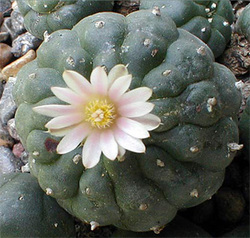
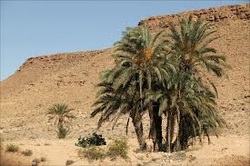

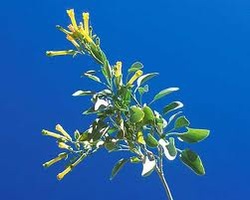
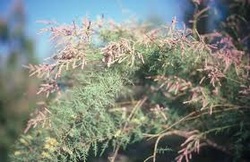
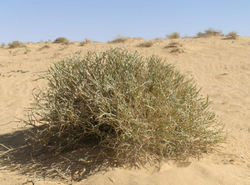
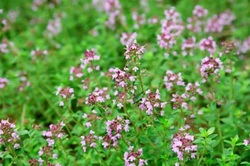
No hay comentarios:
Publicar un comentario